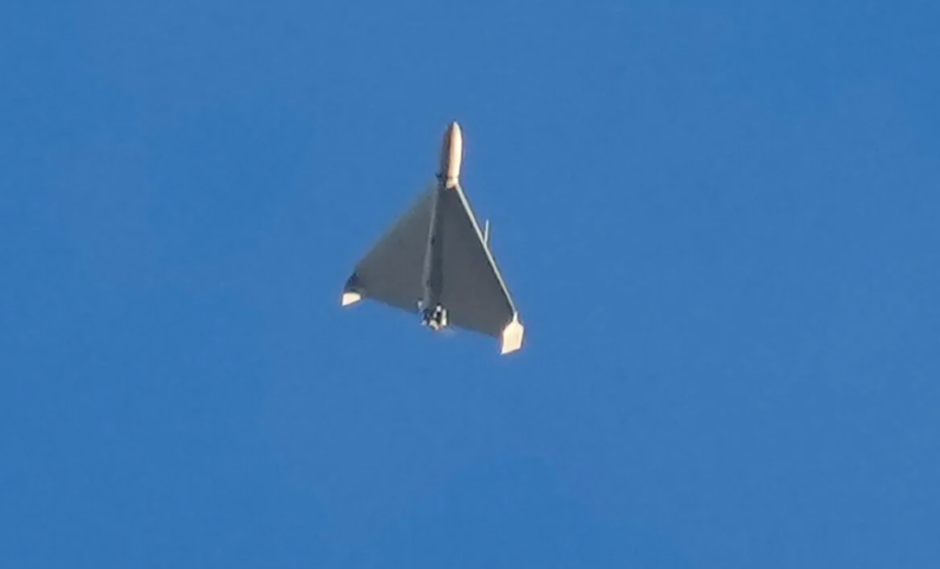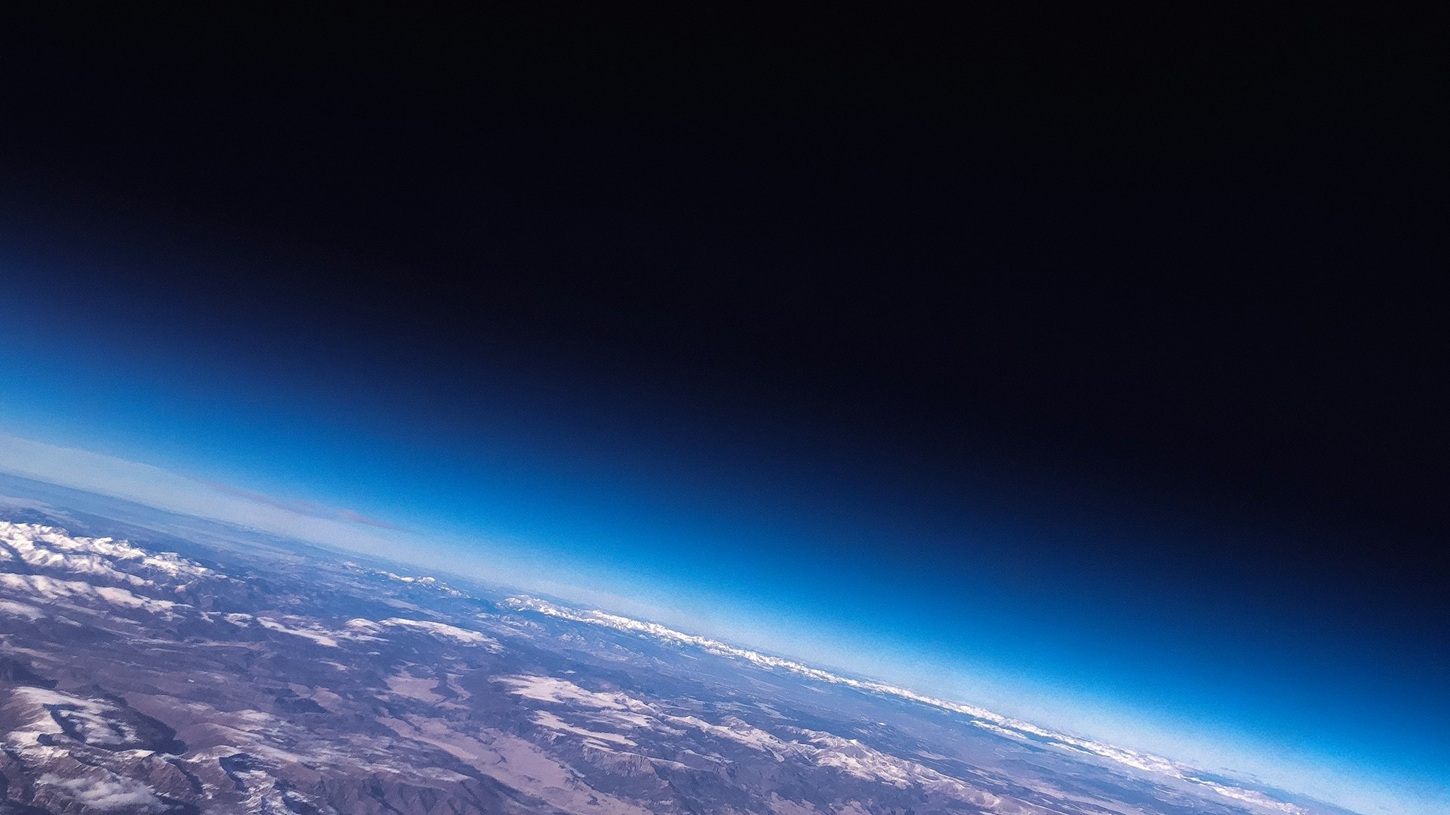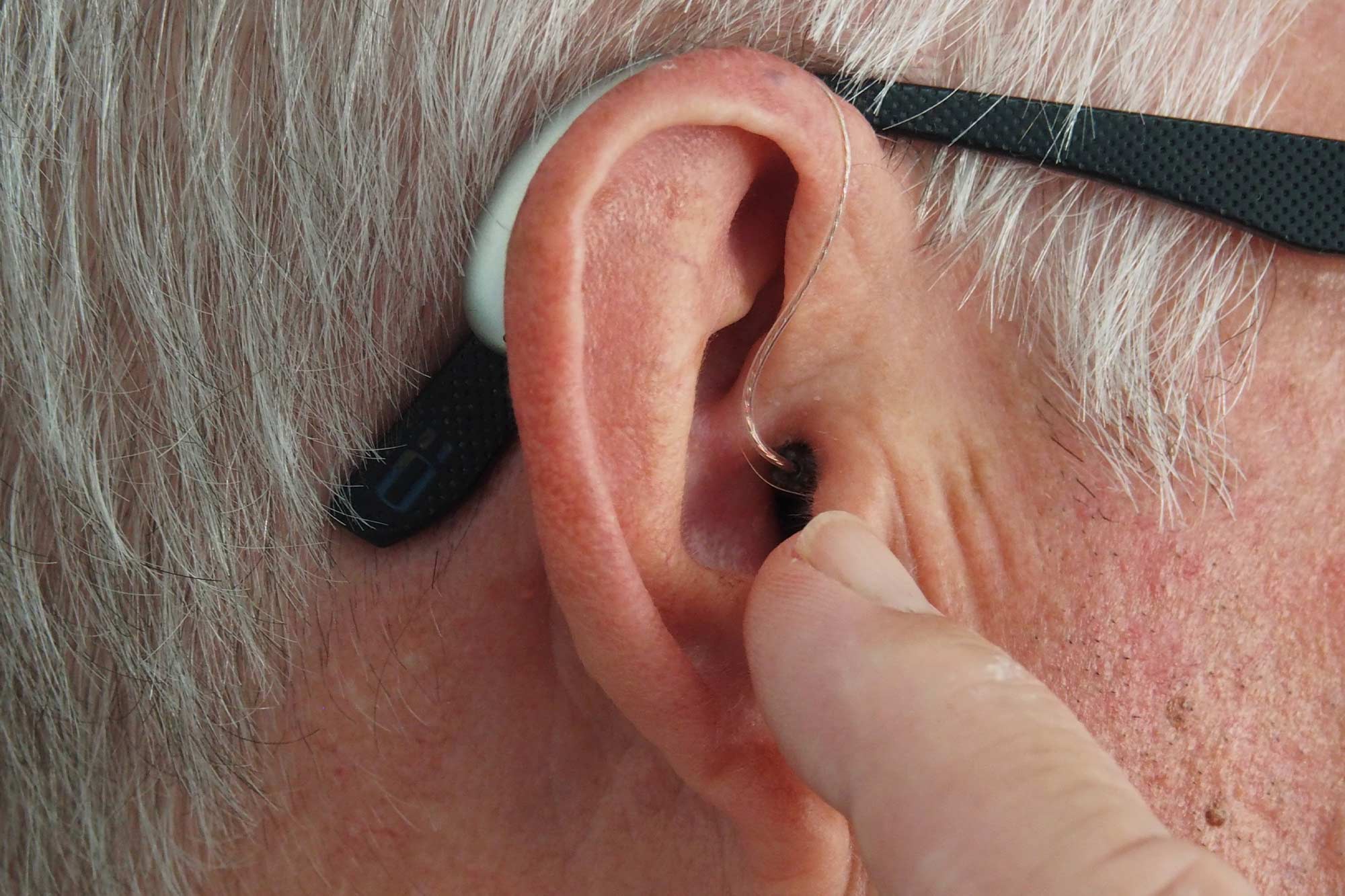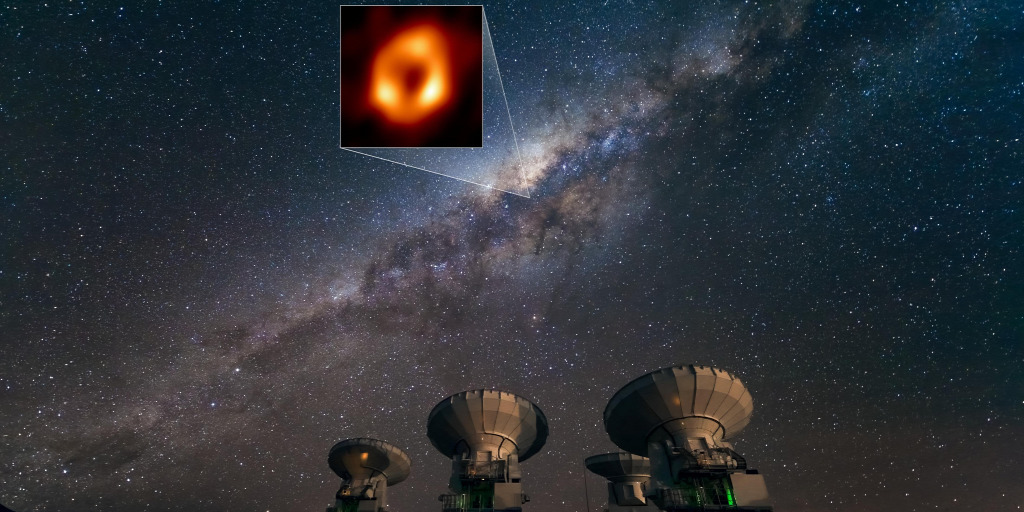Astronomers using the ALMA (Atacama Large Millimeter/ Sub-millimeter Array) antenna system have detected traces of the “hot spot” orbiting around Sagittarius A*, the black hole at the center of the Milky Way. The discovery may help to better understand the mysterious and dynamic environment of a supermassive black hole.
It only takes seventy minutes to make one round
“We think the hot gas bubble orbits Sagittarius A* in an orbit roughly the size of Mercury, but it only takes 70 minutes to make a complete circle.
– This requires incredibly high speed, 30% of its light! “
— explains Masek Wilgus, an employee at the Max Planck Institute for Radio Arts (MPIfR) in Bonn,Astronomy and astrophysicsLead author of a study published in the journal
Observations leading to the discovery were made using the ESO-owned ALMA antenna system located in the Chilean Andes during the detection campaign organized by the Event Horizon Telescope (EHT) Collaboration. In April 2017, the EHT connected eight radio telescopes around the world, including ALMA, to produce the first recently released image of Sagittarius A*.
Wielgus et al. were also involved in the EHT collaboration, and used ALMA data recorded in parallel with the EHT observations of Sagittarius A* to calibrate the EHT data. To the group’s surprise, they also found several clues about the nature of a black hole only in observations made by ALMA.

Fortunately, several sightings have been detected right at the center of our galaxy,
This happened after an X-ray flash was detected by NASA’s Chandra Space Telescope.
It is believed that these flares, which were previously detected by X-ray and infrared telescopes, are hot gas bubbles circulating near the black hole, the so-called “hot spots”.
Flashlights of magnetic origin, which also advertise themselves with radio waves
“The new and interesting thing is that until now these flares could only be seen clearly in X-ray and infrared observations of the A* arc. Now, however, for the first time, we can see very clear signs that circulating hotspots are making Itself is also well known in the radio range,” continues Wilgus, who, in addition to MPIfR, is an employee of the Polish Astronomy Center named after Nicholas Copernicus and the BHI (Black Hole Initiative) Center at Harvard University in the United States.

“It is possible that the hot spots detected at infrared wavelengths and in the radio range are manifestations of the same physical process: infrared hot spots, as a result of their cooling, begin to radiate at longer wavelengths, which can be detected by ALMA and EHT,” Adds one of the research participants, Jesse Voss, a doctoral student at Radboud University in the Netherlands.
https://www.youtube.com/watch?v=QesRBaLM6
It has long been believed that the flares are caused by magnetic interactions in the hot gas circulating near the arc A*,
And the new discovery confirms this idea.
“We have now found strong evidence for the magnetic origin of flowers, and our observations have also provided clues about the engineering of the process. The new data are very useful in the theoretical interpretation of events,” says one of the study co-authors, Monika Mościbrodzka from Radboud University.

Using ALMA, astronomers can also study the polarized radio emission from Sagittarius A*, which reveals the magnetic field around the black hole. In addition to the observations, the group also used theoretical models for Learn more about hotspot configuration and the environment in which it is included, including the magnetic field around arc A*. Their work places stronger constraints on the structure of the magnetic field than previous observations, helping astronomers reveal the nature of the supermassive black hole in the galaxy and its surroundings.
A gas bubble travels at about thirty percent of the speed of light
The observations also confirm some previous results of measurements in the infrared range with ESO’s GRAVITY Very Large Telescope (VLT) instrument. Both the GRAVITY and ALMA data indicate that flares originate in a mass of gas
orbiting the black hole at about 30% of the speed of light,
That is, clockwise on a path that we see almost perpendicular to.

“Hopefully, in the future, we will be able to track the motion of hotspots at several frequencies through coordinated observations of GRAVITY and ALMA. If our endeavor is successful, it will represent a true milestone in understanding the physics of the flares that flash in the galactic center,” concludes Ivan Marti Vidal, from the University of Valencia in Spain, who also co-authored the study book.
The group is confident that with the EHT they will be able to directly detect scattered masses of gas, thus getting closer to solving the mystery of the black hole. “Hopefully, one day we can safely say that we ‘know’ what’s going on in arc A*,” Wilgus concludes.












































